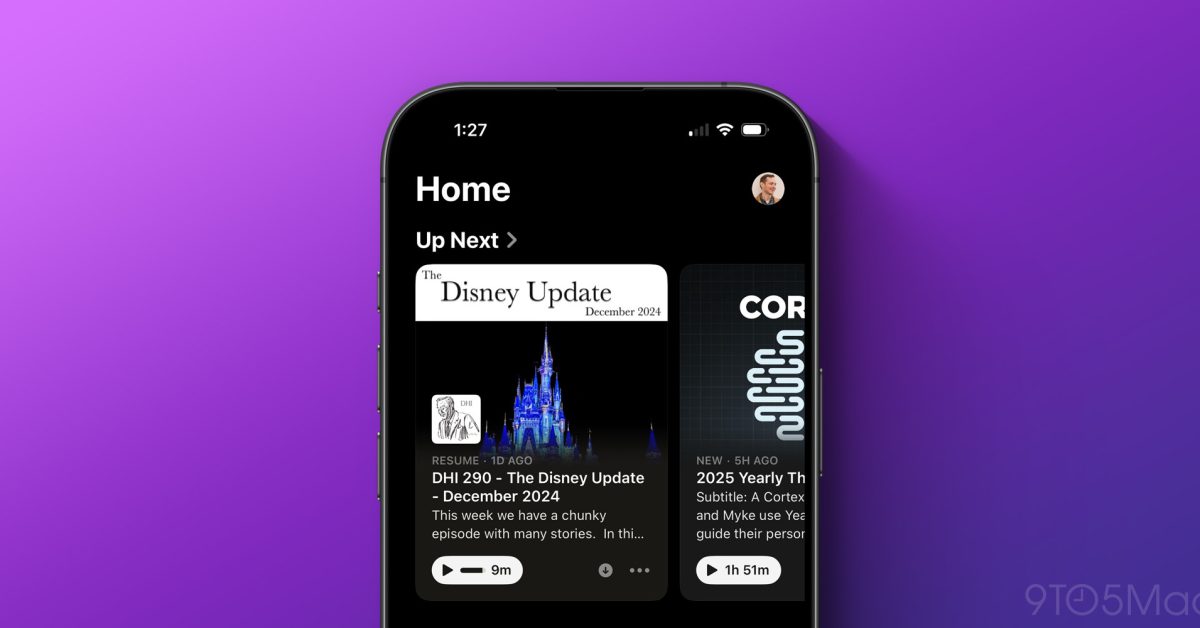Within a few days of each other, two overseas hikers planned a trip to go hiking, packed their bags and headed to Vancouver for a seemingly harmless nature excursion. However, both hikers succumbed to nature's wits and needed the assistance of the Vancouver search and rescue team to pull them out of trouble. The common denominator? Both hikers had been relying on a hiking app to get them where they wanted to go. On November 29, the North Shore Rescue (NSR) was notified of a hiker reported to be stranded on Rector Peak in Seymour. Planning his route using a hiking app, the Norwegian hiker was unprepared for the brutal winter conditions and lack of direction and trail. Though the hiker was way out in the backcountry, he had enough cell service to call for help. Coincidentally, the NSR was nearby due to helicopter training, and were able to scout out the location and get the hiker to safety. "He seriously underestimated the difficulty of what was required - an unofficial trail that is essentially full mountaineering conditions in the current season," said the organization. "After 8 or so hours of hiking, he was tired, soaked, hypothermic, and the sun was setting." Just days later, another shockingly identical incident happened involving the same rescue team. This time, the hiker, who came all the way from France, was on Goat Ridge, an area behind Grouse Mountain. The hiker was found after hiking for eight hours in running shoes, a jacket and cotton clothing, tired and hypothermic. He told rescuers later that he was not anticipating snow when he packed for the trip; however, one look at the snow capped mountains was the first sign of danger that the man should have heeded, despite the information given on the trails app being used. Allan McMordie of the NSR was the man on the job to rescue the man from France and shared, “All you had to do was look at the top of the mountains from Vancouver and know there’s snow up there,” he said. “To be in running shoes and not even expecting any snow was pretty naive.” Given more research would have made all the difference in both instances. McMordie explained that each trailhead had maps showing trails and posting reminders and key tips on planning ahead, giving each hiker several opportunities to stop and reassess their situation. Due to these unfortunate incidences, the NSR released a warning about relying too much on hiking apps. The ones that the two hikers used were not identified, but in any case, anyone going on a backcountry hike, whether local or foreign should wisely take extra precautions to stay safe. Stephen Hui, a Vancouver-based author of B.C. hiking guidebooks recommends to look at additional sources such as maps, weather apps or websites, and provincial (or state) and national parks websites to gather all the information you can before you put yourself at the mercy of Mother Nature. The NSR issued these tips to keep in mind before your next hiking trip: - Research your trail with more effort than solely relying on hiking apps. - Carry naviagtional tools such as a map and compass. Know how to use them. - Carry the 10 hiking essentials and don't forget to include a headlamp and a portable charger for your phone. - Make sure at least one other person knows your detailed plan so they can raise the alarm if you don't return as planned. - Wear quick drying layers (no cotton) - Double check the weather conditions and talk to local rescue crews or park rangers about what to expect. - If you are planning on exploring backcountry areas, be sure to bring a satellite communicator to use when cell service gives out.
2024-12-10 19:00:00
Two Identical Rescues Spur Warning About Relying Too Much on Hiking Apps
| Name | |
|---|---|
| Publisher | |
| Genre | games news |
| Version | |
| Update | ديسمبر 10, 2024 |
| Get it On |

|


































